Beneath centuries of alterations and restorations, a Renaissance masterpiece has been uncovered in Italy’s Duomo Vecchio. The Antegnati organ, built in 1536, is not only a marvel of craftsmanship but also a time capsule, revealing both musical history and hidden artwork. Through careful restoration, this historic instrument has been brought back to life, unveiling forgotten frescoes by renowned artist Romanino. This discovery provides a rare glimpse into the artistic and musical synergy of the Renaissance, where sound and vision harmoniously intertwined.
The Renaissance Organ and Its Restoration
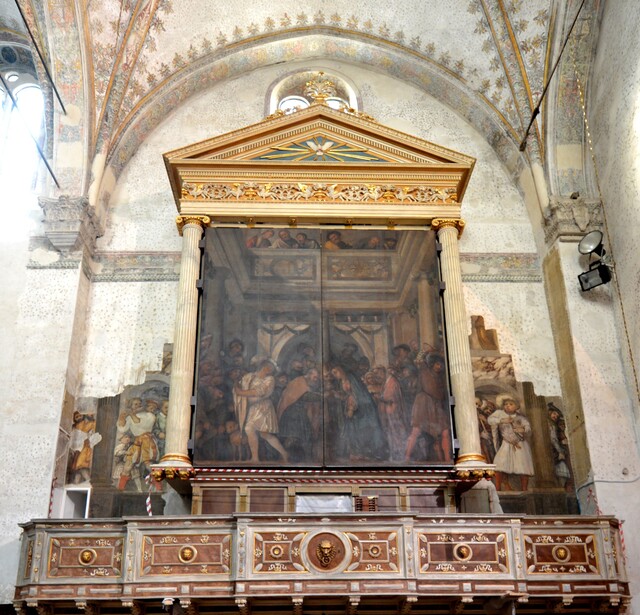
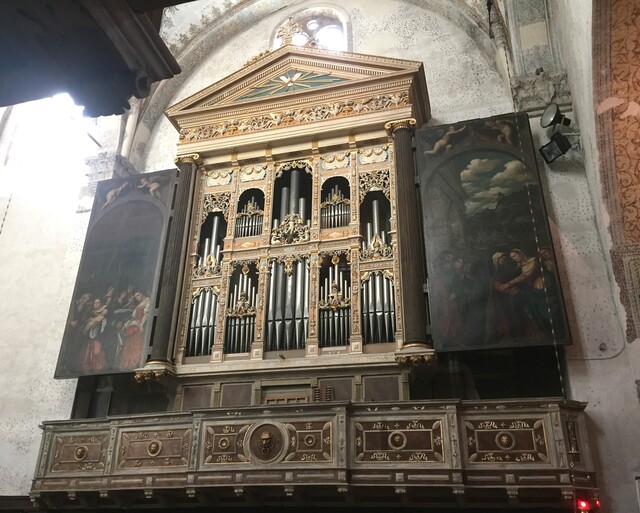
The Antegnati organ is a masterpiece of Renaissance craftsmanship, with 1,300 original tin pipes, many of which are the oldest and largest surviving examples from the Antegnati family. The organ’s exceptional preservation is partly due to its robust construction, with a wooden case carved by Battista Piantavigna in 1537. It is a rare example of Renaissance organ-making, surviving through centuries of turbulent history, including wars and renovations. However, like many historical artifacts, it began to deteriorate with time. In the 19th century, the organ underwent a major enlargement by the Serassi Brothers, known for their expertise in organ-making, yet this alteration did not come without consequences. The pipes were subjected to corrosion from “tin cancer,” a condition that frequently affects historic organs in northern Italy.

In 2014, the organ’s owners, in collaboration with local organizations, began efforts to save the instrument before the corrosion could further damage the pipes. This led to a comprehensive restoration project in 2017. While the restoration focused on preserving the organ’s functionality and integrity, it also unearthed something unexpected: the long-lost frescoes on the walls surrounding the organ. These paintings, concealed beneath layers of whitewash, had not been seen for centuries. Their rediscovery marked an important milestone in the organ’s restoration, connecting the visual art of Romanino with the music that once filled the cathedral.
Video
Watch Duomo Vecchio: The Concert for the Restoration of the Antegnati-Serassi Organ to experience this beautiful concert in support of restoring a historic organ. A must-see for music and history lovers!
The Organ’s Unique Features

One of the most remarkable aspects of the Antegnati organ is the quality and quantity of its original tin pipes. These pipes are not only historically significant but also renowned for their sound and craftsmanship. The organ’s wooden case, intricately carved by Piantavigna, also plays a key role in its cultural significance. The case’s ornate design and the durability of its materials allowed it to withstand centuries of wear and tear. When the organ was restored, specialists took great care to maintain its original integrity while addressing the damage caused by time and corrosion.
The organ’s design, with its characteristic towering pipes, reflects the technological advancements of the Renaissance period. Organ-building at this time was a delicate balance of engineering, acoustics, and art, and the Antegnati organ exemplifies these ideals. The pipes, arranged in a way that maximizes sound quality, are some of the oldest and largest examples still in existence, giving a glimpse into the grandeur of Renaissance music-making.
Romanino’s Frescoes: Rediscovery After Centuries

While the organ itself is a masterpiece, its surrounding artwork is equally significant. The original doors of the organ were painted by the renowned artist Girolamo da Romano, also known as Romanino, in 1539. Romanino’s work on the organ doors consisted of two interior paintings—the “Birth of the Virgin” and the “Visit to Elizabeth”—as well as a grand exterior painting depicting the “Marriage of the Virgin.” These artworks were integral to the visual experience of the organ, complementing the music played during services.
However, over the centuries, much of Romanino’s work was lost. The doors were moved to the Duomo Nuovo (New Cathedral) when construction began on it in the 17th century, and the frescoes on the walls flanking the organ were obscured by whitewash. These elements were lost to time until the restoration work on the organ revealed them once again.
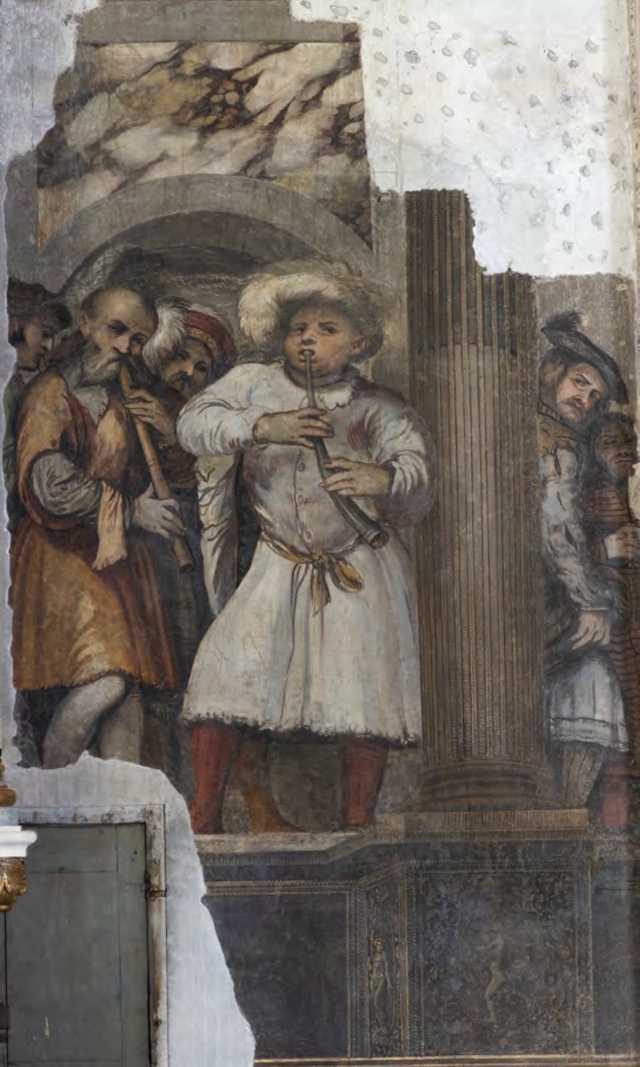
The frescoes on the walls next to the organ doors depicted a lively band of musicians, playing wind and percussion instruments in harmony with the wedding scene. This scene, integrated into the architecture of the church, is a remarkable example of Romanino’s ability to blend visual art with the church’s design. The presence of musicians flanking the wedding scene is symbolic, suggesting a real-world connection between the art on the organ and the live music performed during services. Romanino’s choice to exclude string instruments may have been a deliberate artistic decision, linking the music directly to the sounds produced by the organ itself.
The Hidden Musical Connection
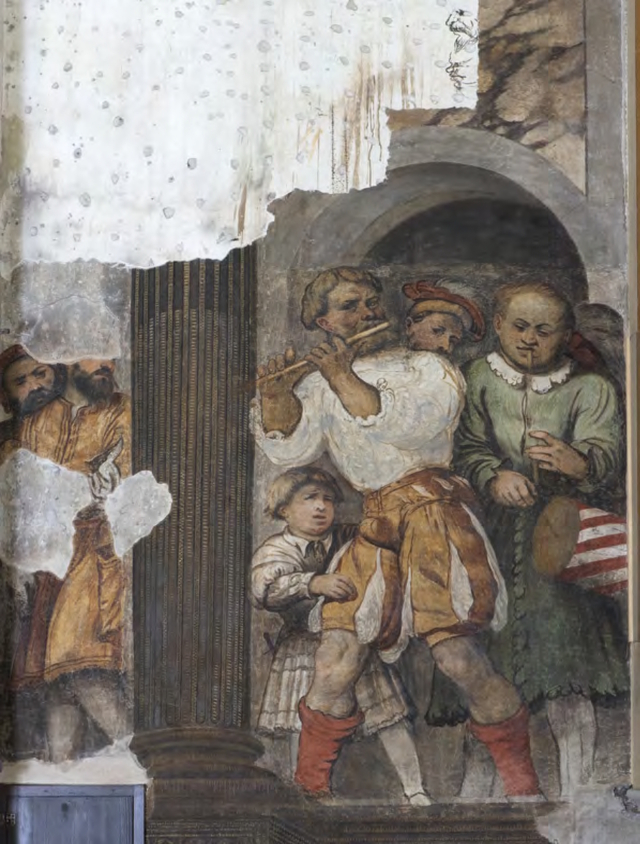
Romanino’s frescoes not only enhanced the visual experience of the organ but also reinforced the connection between the music and the church’s architecture. The painted musicians, who are shown playing Renaissance wind and percussion instruments, serve as a living representation of the organ’s music. The exclusion of string instruments from the frescoes, in particular, seems to be a deliberate choice, connecting the painted musicians to the actual sounds produced by the organ. This artistic decision helps to unify the visual and auditory experience of the churchgoers, immersing them in both the music and the artwork.
The painted musicians, along with the figures of the bystanders, are thought to represent key figures in the creation of the organ. Scholars speculate that the two bystanders on the left wall may depict Gian Giacomo Antegnati and Giovanni Piantavigna, the creators of the organ and its case. On the right wall, Romanino may have included a self-portrait, further tying the organ and its music to its creators.
The Return of the Organ Doors
The original doors of the Antegnati organ were removed during the construction of the Duomo Nuovo and mounted as a triptych in a chapel. It was only during the restoration of the organ that these doors were reclaimed and returned to their original position. The doors were carefully restored and mounted on the organ’s revolving columns, which were also repaired as part of the project. The return of these doors to their proper place was an important moment in the restoration process, ensuring that the organ could once again function as it was originally designed.

In addition to the doors, a remarkable discovery was made during the restoration of the columns: a hidden note folded 32 times. The note, left by the craftsman who made the columns, reads: “I, Pasino da Passirano, made these columns of the organ of the Duomo/The day 12 of April 1538.” This note, which was hidden for centuries, offers a personal connection to the history of the organ and its creation.
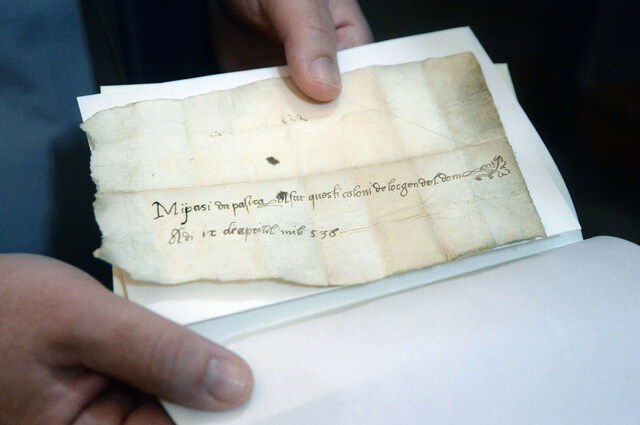
The Restoration Process: Preserving a Historical Instrument
The restoration of the Antegnati organ was a meticulous and detailed process. Conservators worked to restore the organ’s functionality, addressing issues like the corrosion of the pipes, the deterioration of the bellows, and the repair of the organ’s mechanical components. Special attention was given to preserving the original sound materials, particularly the tin pipes, which are susceptible to a type of corrosion known as “tin cancer.”
The restoration also included the careful preservation of the organ’s visual elements. The wooden case, carved by Piantavigna, was restored in situ, while the surrounding frescoes were revealed by removing the whitewash that had obscured them for centuries. This process not only restored the organ to its original splendor but also uncovered an important layer of history that had been hidden for generations.
The Modern Outcome: A Fully Restored Renaissance Instrument
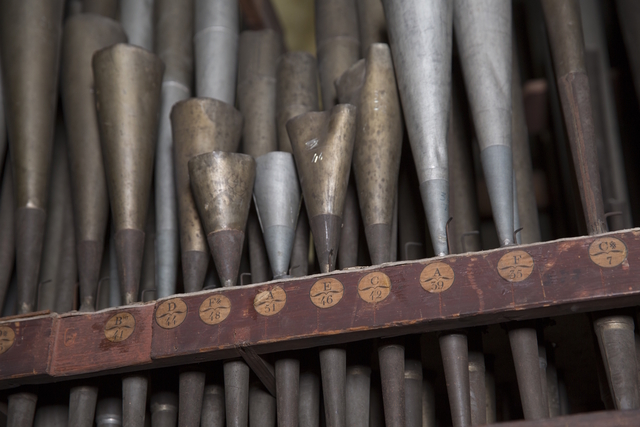
After years of meticulous restoration work, the Antegnati organ is now fully restored and operational. The restored pipes, bellows, and mechanical systems are once again functioning as they did in the 16th century, bringing the sounds of the Renaissance to life. The frescoes, which were rediscovered during the restoration process, are now on display for the public to see, offering a glimpse into the artistic and musical history of the period.
This restoration project is not just about preserving an instrument; it’s about preserving a piece of cultural history. The Antegnati organ, with its intricate craftsmanship and its connection to Romanino’s artwork, offers a rare and valuable insight into the Renaissance era. It is a reminder of the deep connection between music, art, and architecture, and how these elements can work together to create a harmonious and immersive experience.
Video
Watch Restoring 16th Century Painting and Frame Start to Finish to see the incredible process of bringing a historic masterpiece back to life. A fascinating journey into art restoration!
Conclusion: Rediscovering a Musical Masterpiece
The restoration of the Antegnati organ and the rediscovery of Romanino’s frescoes are a testament to the enduring legacy of the Renaissance. These efforts have not only preserved a remarkable instrument but have also uncovered a rich tapestry of art, history, and culture that had been hidden for centuries. As the organ plays once again in the Duomo Vecchio, it brings with it the sounds of the past, inviting future generations to experience the beauty and craftsmanship of a bygone era.



